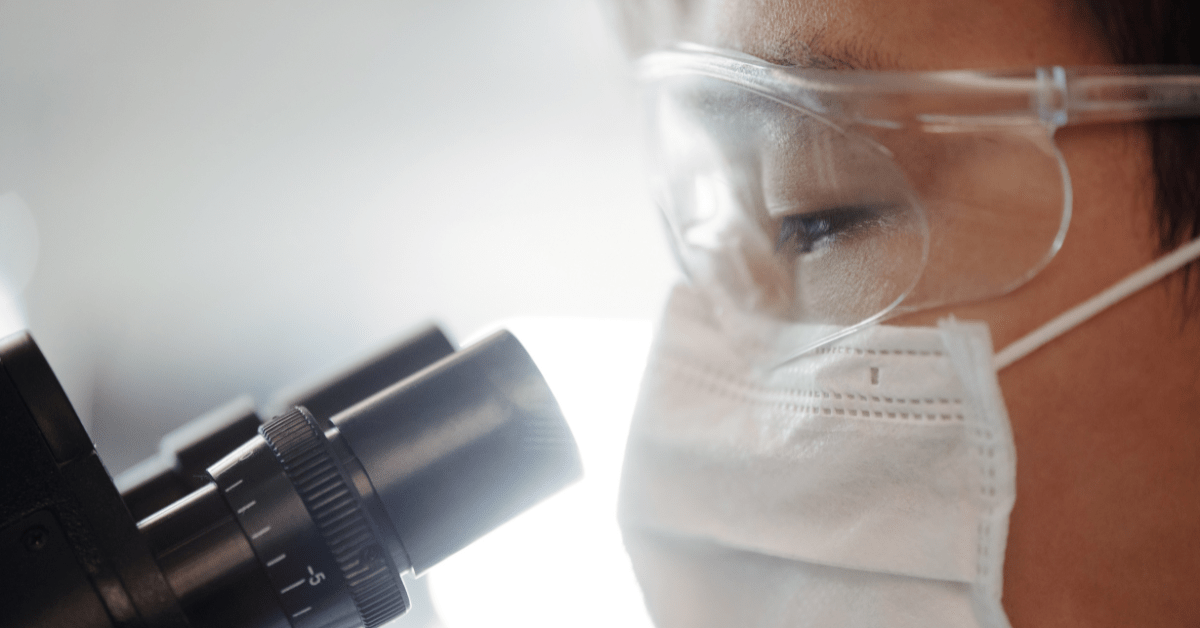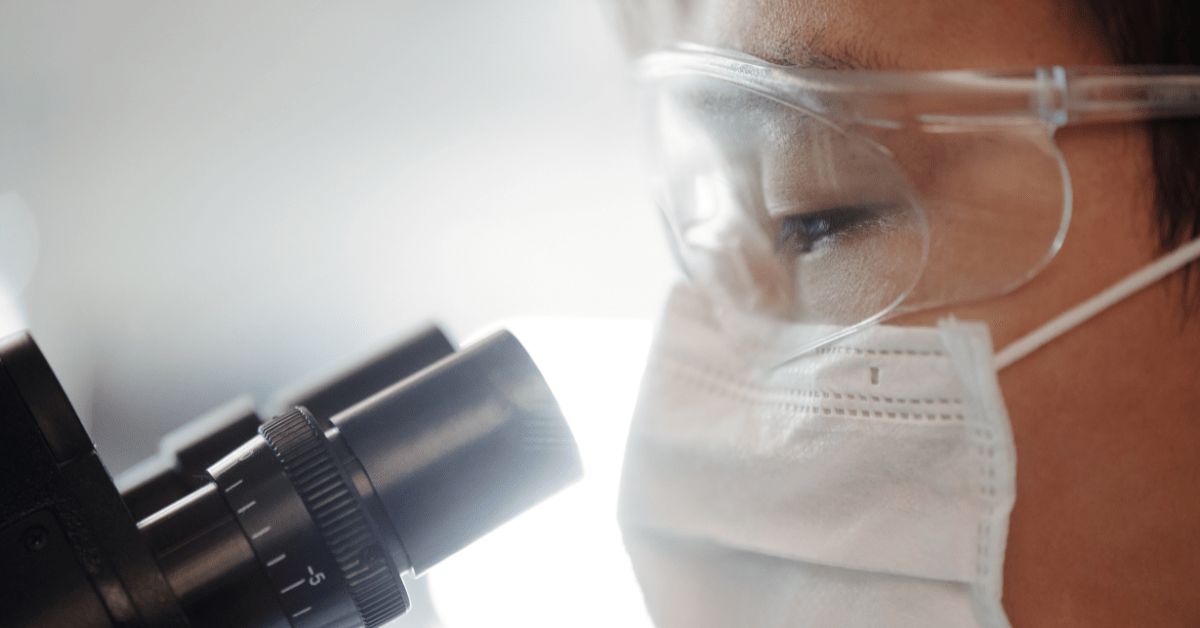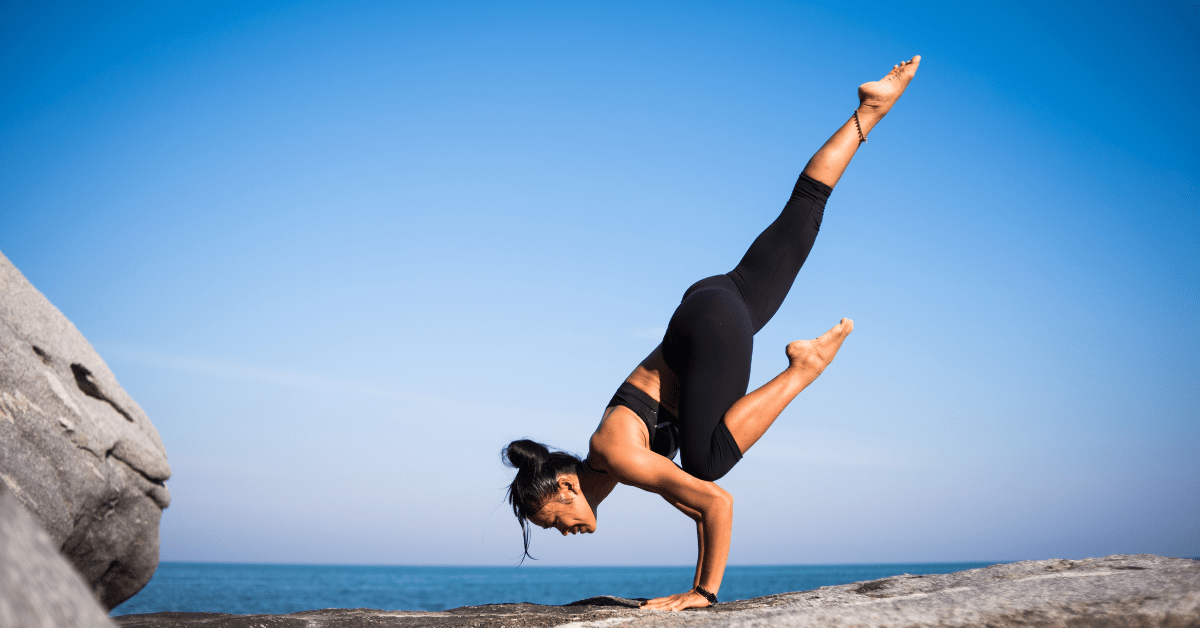When friends and family see your baby after some time, you’ll get the classic, “He/she has grown so fast!” Your baby will start doing things and acquiring characteristics that he/she barely knows about just a few weeks ago. But are there things and characteristics that you can expect at a certain age? Well, there is indeed a checklist called milestones.
Knowing these milestones will help you guide your baby better in discovering new abilities. However, you must understand that this “checklist” is only meant to be used as guidelines, and the time period for your baby may differ. But if you still feel worried, you can always talk to your child’s pediatrician.
There are a lot of activities that can support each milestone classification. For example, this review has mentioned the importance of encouraging your baby to move his/her feet and bounce around. The physical activity provided by the jumper will satisfy the baby’s need to use his/her feet and may aid in physical development.
However, you are not limited to baby equipment like bouncers and walkers. Below, we’ve listed activity ideas that you can do with your baby for different milestones. But before doing so, it is best to consult with your child’s doctor. He/she will know what’s best and safe for your baby after all.
What to Expect on Your Baby’s First Month
- Mouthing reflexes (e.g., sucking, swallowing)
- Rooting reflex (i.e., when you touch his/her cheek, the baby will turn his head towards your hand)
- Startle reflex (i.e., the baby’s arms and legs extend away from his/her body during loud noises or sudden physical movements)
- Responds to noises
- Looks at faces and preference for black and white-colored objects
- Grasp reflex
- Clenched fist
- Stepping reflex (i.e., when you place the baby’s feet flat on a surface, he/she will step one foot in front in front of the other.)
What to Expect on Your Baby’s First Month to 3 Months
- Awareness of surroundings and preference for bright primary colored-objects
- Recognizes familiar faces and things
- Turning towards familiar voices/smiling at parents’ faces
- Cooing
- Ability to support the head and upper body
- Grabbing and batting with hands/closes and opens palms
- Put objects to mouth
- Stretching and kicking out legs
- Pushes down on feet when placed on flat surface
Activities for Babies Ages 0 to 3 Months
- Floor Activities on Their Tummies, Backs, and Sides
According to Cute Little Darling, you can supervise your baby as he/she explores around while crawling on the floor/flat surface. This will encourage your little one to lift his/her head for physical and motor development. You can also introduce toys that the baby can easily grasp and recognize for hand-eye coordination.
- Carrying/Rocking
It might seem simple and even an inevitable “activity” to do, but carrying/wearing your baby puts him/her in a position where the baby can try and hold his/her head up. Rocking/swaying, on the other hand, gives the baby an idea of where his/her body is (i.e., vestibular input.)
- Music
While you’re doing the activities above, you can also play music and sing songs to your baby. This can help with auditory input and a source of comfort, as well.
- Massage
During bath time, you can gently touch or massage your little one. Other than tactile input, this can also calm him/her to get ready for sleep.
What to Expect on Your Baby’s 4 to 7 Months?
- Improved vision, touch, and hearing abilities
- Improved motor skills
- Better communication compared to simple crying
- Stranger anxiety, preference for parents
- Can lift up head and chest, push up arms, and arch the back
- Can roll over from stomach to back and vice versa
- Sit without support/ Can stand upright
- Put objects in mouth/reach for objects
- Turn/twist objects from side to side/up and down; and transfer them from hand to hand
- Looks at self in the mirror
- Preference for complex patterns and shapes
- Shakes and bangs objects out of curiosity
- Follow movements and concentrate on objects
- Finds semi-hidden objects
- Babbling
- Differentiates tone of voice
Activities for Babies Ages 3 to 6 Months
- Activities That Encourage Standing and Sitting
You can still engage on floor activities, but you can also start supporting your baby in an upright position. For example, you can carry him/her in an upright position, or bounce your baby on your knees.
However, note that it is important to wait until your baby shows signs that he/she can support his/her own weight. You can also consult his/her physician to avoid any risks in physical activities using walkers or jumpers.
- Rocking and Rolling
Just like the activities for younger babies, rocking your little one from side to side can give him/her an idea of how to use the different areas of his/her body. After some time, the baby can try other movements such as rolling, and you can assist him/her by supporting his/her neck and head.
- Horizontal Sliding
If your baby is mature enough to remain seated, you can have him/her ride in a padded surface (e.g., mat or blanket) as you pull it around.
- Music, Toys, and Books
Songs and music are great for babies, and you can also add finger play to classics like Itsy Bitsy Spider to keep him/her engaged. However, be ready to find yourself humming your baby’s favorite tunes while cleaning the dishes.
You can even use musical toys like rattles, which inspire your baby to move his/her arms and legs. And it is also around this age that you can start introducing books for improved interaction and bonding.
What to Expect on Your Baby’s 8 to 12 Months
- Sits upright without support
- Rolls down on stomach then return to sitting position
- Crawling
- Increased mobility
- Stands and take some steps (with support but improve over time)
- Cruising around furniture
- Can pick smaller objects using thumb and 1st/2nd finger
- Drop/throw/shake/bang/transfer objects
- Sound imitations
- Say at least 1 word
- Can follow simple commands
- Gestures toward objects he/she like
- Gesture games (e.g., peek-a-boo)
- Object permanence
- Separation anxiety
Activities for Babies Ages 6 to 12 Months
- Sitting/Bouncing/Standing with Support (similar to our suggestion for ages 3 to 6 months)
You can also introduce activity centers where your child plays while standing up.
- Balancing Games
A good example of a balancing game is when you place a bean bag on your child’s head and have him/her lean forward for it fall off. You can also use an exercise ball and allow your baby to balance on it (with support) as he/she would on your knees.
- Crawling activities
You can purchase fabric tunnels or create your own using cardboard boxes. Then, let your child roll/retrieve toys inside the tunnel to encourage your little one to crawl around. Other than tunnels, you can add objects such as cushions to serve as obstacles for your baby while crawling.
- Movement Toys/Games
Toys that make sounds when pushed or games that encourage movements (e.g., If You’re Happy and You Know It) are also excellent activities to stimulate your child’s mind while also getting them moving.




















Leave a Reply